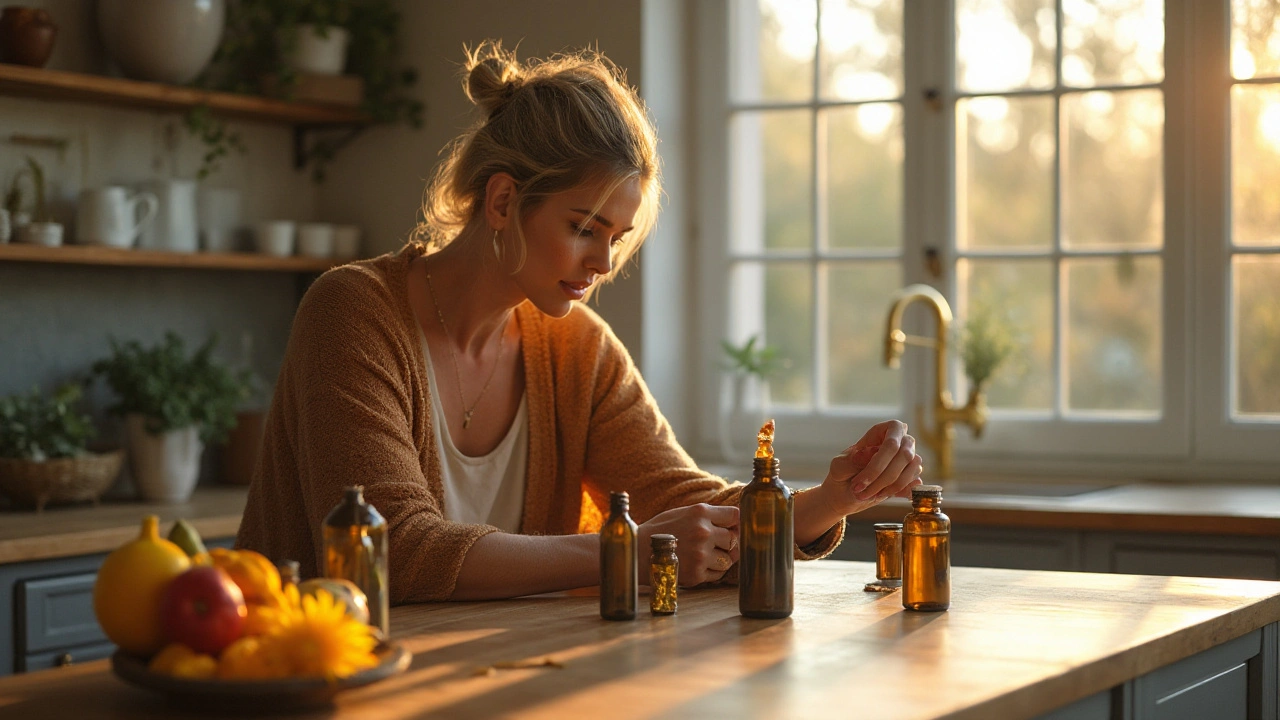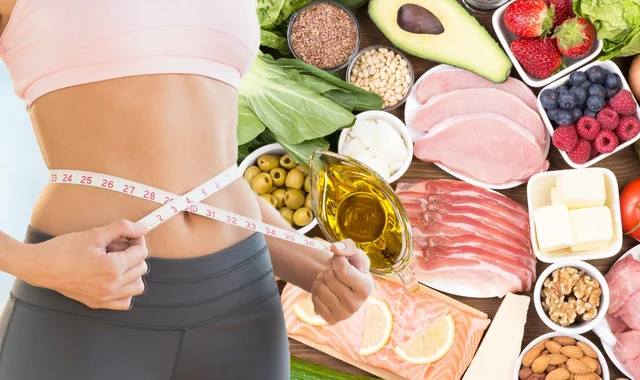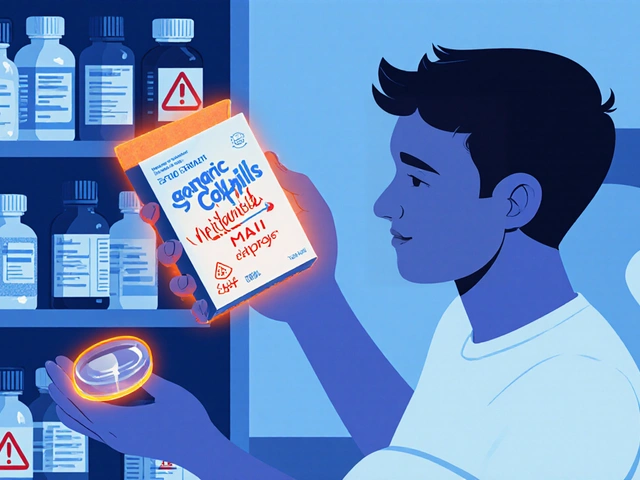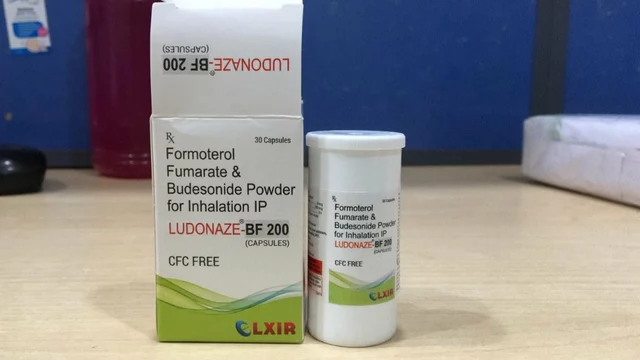Wine nutrition — what’s actually in your glass
Think wine is just mood and flavor? It’s also a mix of alcohol, sugar, tiny bits of vitamins and minerals, and a few antioxidants. If you care about weight, blood sugar, or just want smarter choices, here are clear numbers and real tips you can use tonight.
Calories, sugar and alcohol — numbers that matter
A standard 5 oz (150 ml) glass is the baseline. At about 12.5% ABV, that glass has roughly 120–125 calories. Most of those calories come from alcohol: alcohol delivers about 7 kcal per gram. For a 5 oz pour at 12.5% ABV you get roughly 14–15 grams of pure alcohol, so expect ~100 calories just from alcohol plus 10–25 calories from sugars and other carbs.
Sugar varies a lot. Dry wines often contain 0–4 grams of sugar per glass. Off-dry or sweet wines can jump to 20 grams or more per glass — that’s like having a small candy bar. If you watch carbs or follow keto, pick dry reds, brut sparkling, or dry whites and check the label when possible.
Red wine contains more polyphenols like resveratrol than white. Resveratrol gets the headlines for heart and anti-aging research, but the amounts in a glass are small. You’d need many bottles a day to match doses used in clinical studies, so think of wine as a mild source of antioxidants, not a medicine.
Practical tips: choose, drink, and pair smarter
Want fewer calories? Choose wines with lower ABV. Each 1% drop in ABV cuts calories noticeably. Aim for wines labeled 12% ABV or lower if calories matter. For lower sugar, go for “dry,” “brut,” or “extra brut” on sparkling labels. Avoid dessert and late-harvest wines when controlling carbs.
If you’re managing blood sugar or diabetes, talk with your clinician first. Alcohol can lower blood sugar short-term and interact with meds. Eating protein and healthy fats with wine slows alcohol absorption and reduces blood sugar spikes compared with drinking on an empty stomach.
Hydration and pace matter. Drink water between glasses and eat before or while drinking. That reduces dehydration and helps with smarter choices the rest of the night. A simple rule: stick to one 5 oz glass for women and one to two for men on days you drink — it keeps calories and alcohol exposure lower.
Cooking with wine concentrates flavors and usually reduces alcohol, but not always completely. If alcohol needs to be avoided, use stock or vinegar swaps and check recipes if you’re cooking for people who must avoid alcohol.
Final quick checklist: check ABV on the bottle, choose dry styles, pour a true 5 oz serving, eat with your glass, and hydrate. Wine can be part of a balanced lifestyle if you make choices that match your health goals.

Wine dietary supplements are gaining popularity for their potential health benefits. These supplements, often made from wine extracts like resveratrol, are known to offer cardiovascular support, antioxidant properties, and anti-aging effects. Unlike consuming wine itself, these supplements can provide these benefits without the alcohol intake. We'll explore how they work and what science says about them, offering valuable insights for those interested in enhancing their well-being through alternative nutritional approaches.
Continue Reading





